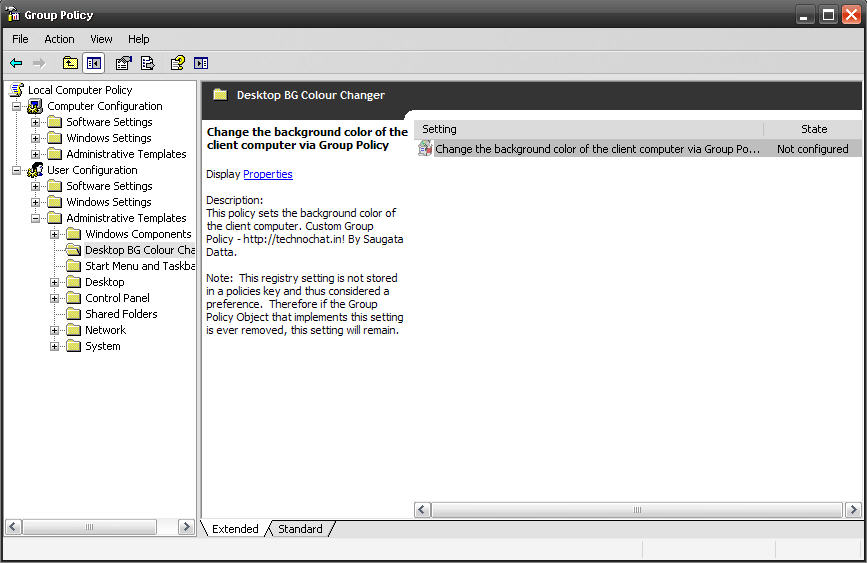

To do this, you have to log on to Windows as administrators because standard/limited users don’t have the necessary rights to access Group Policy Objects. In this tutorial we’ll show you how to apply local group policy to non-administrators or specific users in Windows 10. Group Policy Object Editor can help achieve them. reg add HKEY_LOCAL_MACHINE\SOFTWARE\Policies\Microsoft\Windows\NetworkProvider\HardenedPaths /v " \\*\SYSVOL" /d "RequireMutualAuthentication=0" /t REG_SZ reg add HKEY_LOCAL_MACHINE\SOFTWARE\Policies\Microsoft\Windows\NetworkProvider\HardenedPaths /v " \\*\NETLOGON" /d "RequireMutualAuthentication=0" /t REG_SZ Click Here Reference As per MS this UNC Hardening is by default enabled in Win 10 systems, and we need to disable the same usingregistry Some of the useful command Display All Applied GPOs applied to (User and Computer) Gpresult /r Display GPOs applied to a specific user gpresult /r /scope:user Display GPOs applied to a specific computer gpresult /r /scope:computer Display GPOs applied on a remote computer gpresult /s /r Generate HTML Report gpresult /h c:\GPResult.How to apply local group policy settings to individual user or standard account in Windows 10? On a shared computer, you may want to restrict all users except Administrators from accessing CD, USB drive or other resources.

Now there is workaround available to resolve this issue, as suggested on multiple forums we have to add following registry entries on client systems and as of now there is no hotfix available, as per those forum MS already confirmed that this is bug and suggested registry trick, after adding below reg entries the issue resolved. Issue : GPO not applying on Windows 10 machines.

Today will be sharing details that you have applied Group policy but due to any reason you are not getting result.


 0 kommentar(er)
0 kommentar(er)
